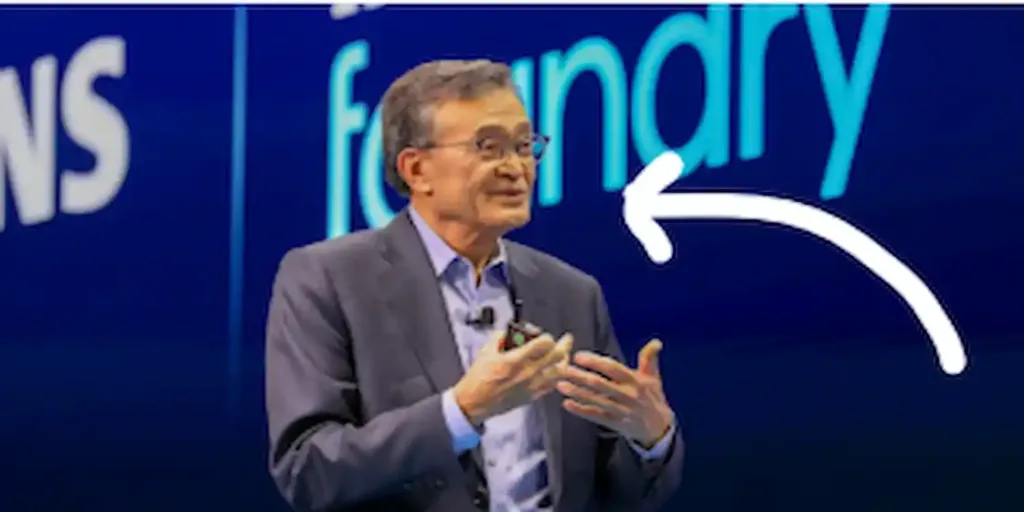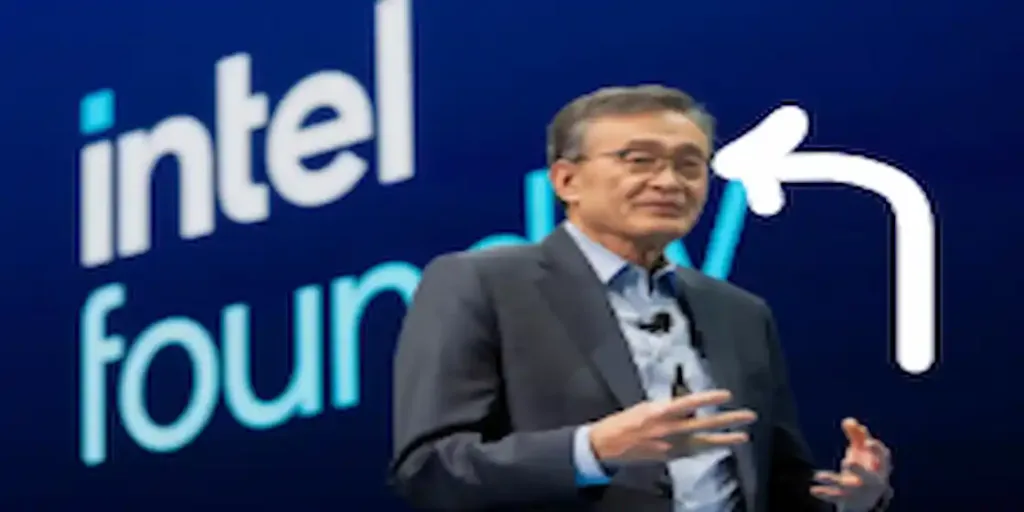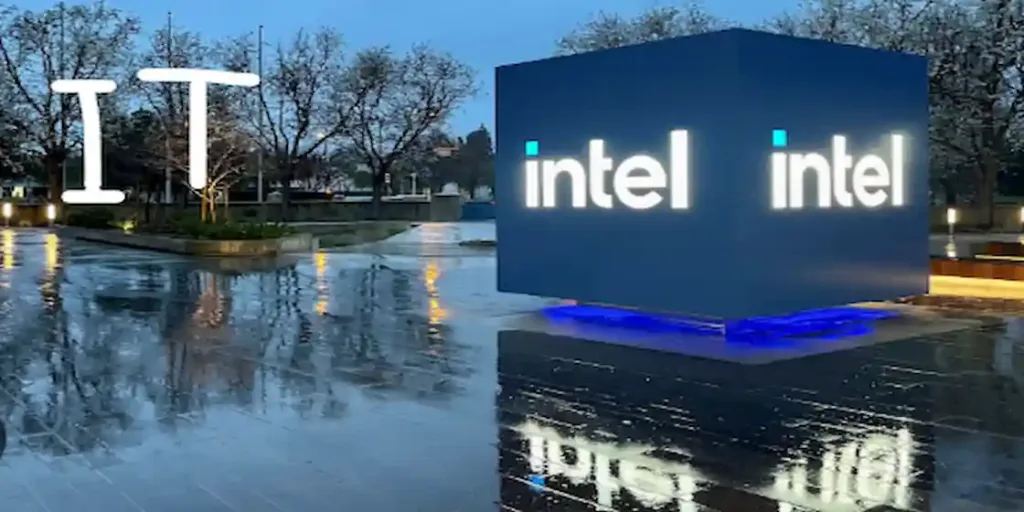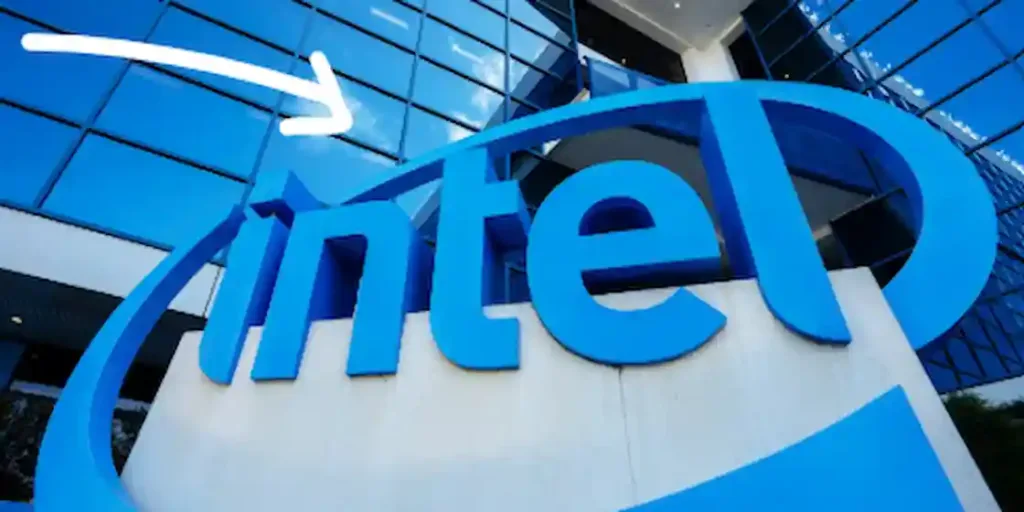We’re too late to be competitive in the current AI chips training wave

The tech news and semiconductor industries were rocked by Intel CEO Pat Gelsinger’s startling admission that it is “too late” for Intel to take on AI chips rivals like Nvidia head-on.
In the midst of a rapidly intensifying AI competition and evolving technological trends in 2025, this revelation underscores the difficulties Intel confronts as it attempts to realign itself in the AI chip industry.
Intel dominated the CPU markets for PCs and data centers for decades, leading the semiconductor industry.
But since AI technology has advanced quickly, Nvidia has taken the lead in the market for AI chips thanks to its GPUs, which power massive AI workloads all over the world.
Intel now faces the challenging challenge of reframing its position in the AI competition.
The Awakening
Pat Gelsinger said in an open conversation at a recent investor conference:
“It’s too late for us to compete in the current wave of AI training.”
The fact that Nvidia leads the AI chip market because to its GPU technology, strong CUDA software ecosystem, and early investment in AI workloads, despite Intel’s advancements in the AI hardware field, is reflected in this straightforward statement.

The Reasons Intel Lagged in the Race for AI Chips
Intel’s delayed entry into the AI chip competition has been caused by a number of causes, including:
- Manufacturing Delays: Compared to chips made by TSMC, Intel’s difficulties moving to smaller process nodes have resulted in higher power consumption and worse performance.
- Late AI Focus: Intel’s AI chip strategy only developed recently, which prevented developer acceptance, whereas Nvidia concentrated on creating its AI hardware ecosystem early.
- GPU environment: Intel finds it challenging to draw in major AI developers due to the dominating developer environment established by Nvidia’s CUDA platform.
- Execution Challenges: Intel’s capacity to successfully transition to AI markets was harmed by strategic errors and protracted delays in chip introductions.
Implications for Intel's AI Chip Approach
Intel is not completely abandoning the AI chip industry, despite Pat Gelsinger’s admission that it is “too late” to compete directly in the high-end AI training chip market.
Rather, Intel is turning its attention to areas in which it can actually compete:
- AI Inference: Although Nvidia controls the majority of AI training workloads, there is still a sizable market for AI inference, or the large-scale execution of AI models. To gain market share, Intel plans to include AI chips into its CPU and server products.
- Edge AI: In order to lower latency and bandwidth requirements, Intel intends to integrate AI chip capabilities into its client and IoT devices.
- Open Ecosystems: Intel is working to provide an alternative environment for developers outside of Nvidia’s CUDA lock-in by supporting open-source platforms like oneAPI.
- Foundry Strategy: In order to profit on the expanding AI hardware industry, Intel plans to use Intel Foundry Services to produce AI chips for other businesses.

The AI Chip Industry's Situation in 2025
The 2025 AI chip market is distinguished by:
- AMD’s competitive offers for AI inference and training workloads.
- Nvidia’s supremacy in AI training with H100/H200 GPUs.
- Notable AI startups developing specialized hardware include Cerebras and Graphcore.
- Custom AI chips are being designed for internal workloads by cloud providers such as Microsoft, Google, and Amazon.
In order to remain relevant in the rapidly changing AI hardware market, Intel is repositioning itself in this environment by concentrating on AI chip efficiency, integration with its CPU platforms, and manufacturing capacity.
Intel's Next Steps and Pat Gelsinger's Leadership
Under Pat Gelsinger’s direction, Intel’s difficulties have been more transparent but the company’s long-term objectives have been in line. Intel is able to reallocate resources toward attainable goals while following a realistic growth plan by admitting that it is too late to catch Nvidia in the current AI chip wave.
Intel’s anticipated future AI chip strategy will consist of:
- Low-power AI processors for industrial and healthcare applications are being advanced,
- Cloud providers are collaborating to include Intel AI chips into hybrid workloads.
- Manufacturing AI chips for startups and businesses with Intel Foundry Services.
- Making R&D investments to get ready for the upcoming surge in demand for AI gear.

Industry Responses
In response to Intel’s candid appraisal, the tech sector has responded:
- Analysts value Intel’s emphasis on attainable goals in the market for AI chips.
- Although developers realize the importance of an open environment, they also accept that Nvidia’s stack dominates the AI market.
- Intel’s practical reversal is viewed by investors as a stabilizing action that might sustain long-term value.
Can Intel Win the AI Race Again?
The AI industry will continue to grow over the next ten years, even if Intel may have missed the present wave of AI chip supremacy.
Opportunities exist for Intel’s size and manufacturing skills to be useful in edge AI, low-power inference, and specialized workloads.
Additionally, as AI adoption spreads throughout the world, Intel may be able to regain relevance thanks to its efforts to develop its process nodes and foundry services in line with the rising demand for AI processors.
Concluding remarks
An important turning point in Intel’s AI chip development has been reached with CEO Pat Gelsinger’s acknowledgement that it is “too late” to directly compete with Nvidia.
The company’s move toward inference, edge AI, and manufacturing services prepares it for major involvement in the quickly changing AI chip market, even though it may not dominate AI training workloads.
Intel’s emphasis on achievable objectives may turn out to be a wiser course of action, guaranteeing its position in the AI-driven future of the semiconductor business as technological advancements in 2025 continue to boost AI workloads throughout sectors.
The upcoming phase of Intel’s AI journey will be eagerly watched by developers, businesses, and investors who are keeping up with the AI hardware race.










 Bitcoin
Bitcoin  Ethereum
Ethereum  XRP
XRP  Tether
Tether  Solana
Solana  TRON
TRON  Dogecoin
Dogecoin  Litecoin
Litecoin